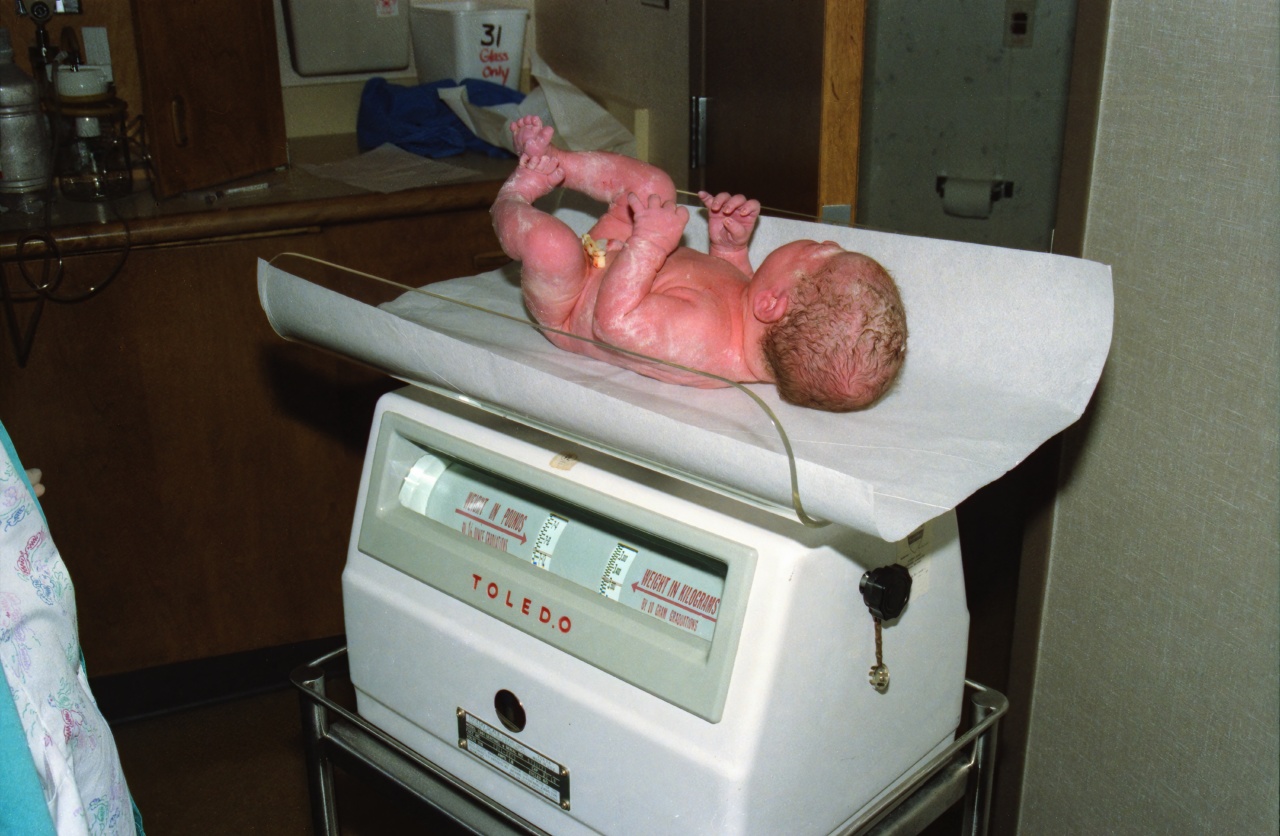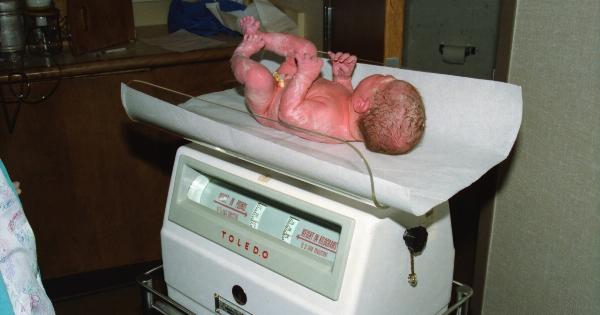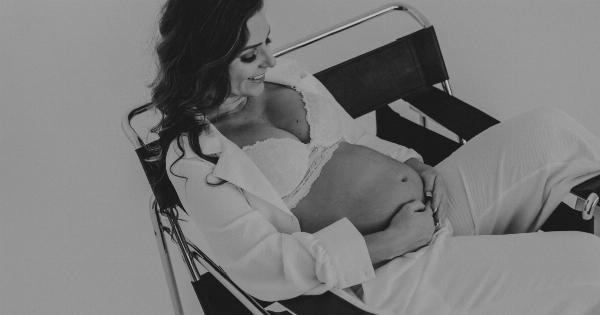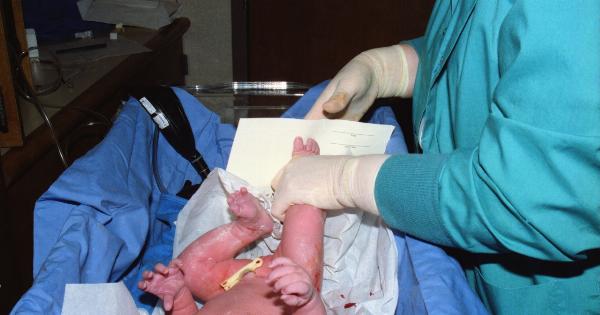As one of the most common forms of delivery, cesarean sections (C-sections) are often shrouded in myths and misconceptions.
When it comes to the health of your baby, well-intentioned family members and friends may have a lot to say about C-sections and the associated factors, including baby weight. In this article, we’ll dispel some of the myths surrounding C-sections and baby weight and provide you with the facts.
Myth #1: C-sections are only performed in emergencies
While C-sections can be necessary in emergency situations, such as fetal distress or a breech presentation, they are also performed for non-emergency reasons.
In fact, approximately 32% of all deliveries in the United States are by C-section, and many are scheduled in advance because of factors such as breech presentation or previous C-sections.
Myth #2: C-sections are always more dangerous than vaginal deliveries
While C-sections carry some risks, such as infection, bleeding, and blood clots, they are generally considered a safe procedure. In some cases, C-sections may actually be safer for the mother or baby than a vaginal delivery.
For example, in cases of placenta previa or uterine rupture, a C-section may be the safest option.
Myth #3: C-sections are always painful and require a long recovery time
While C-sections can be painful and recovery may take longer than a vaginal delivery, this isn’t always the case. Many women report feeling little or no pain during their C-section and are able to recover relatively quickly.
Additionally, modern pain management techniques, such as epidurals and spinal blocks, can minimize pain and discomfort during and after the procedure.
Myth #4: Babies born by C-section are always larger than those born vaginally
While there is some evidence to suggest that babies born by C-section may be larger on average than those born vaginally, this isn’t always the case.
Many factors can influence a baby’s weight, including genetics, maternal nutrition, and gestational age. Additionally, while C-sections have been associated with an increased risk of obesity in some studies, more research is needed to fully understand the relationship between delivery method and long-term health outcomes.
Myth #5: C-sections are always scheduled in advance
While some C-sections are scheduled in advance, many are performed unexpectedly due to complications during labor or delivery.
Additionally, some women may plan for a vaginal delivery but ultimately require a C-section due to factors such as fetal distress or a failure to progress during labor.
Myth #6: Babies born by C-section are more likely to have health problems
While there is some evidence to suggest that babies born by C-section may be at a slightly higher risk for certain health problems, such as asthma and allergies, the overall risk is low.
Additionally, many of these studies are observational and may not take into account other factors that could influence a baby’s health, such as maternal nutrition and health status.
Myth #7: All women can choose to have a C-section
While some women may request a C-section for personal or medical reasons, ultimately the decision to perform a C-section is usually made by a healthcare provider based on medical necessity.
It’s important to discuss your delivery options with your doctor or midwife and to understand the risks and benefits of each option.
Myth #8: C-sections always interfere with breastfeeding
While C-sections can make breastfeeding more challenging, they don’t necessarily interfere with it.
There are many ways to overcome breastfeeding difficulties after a C-section, such as working with a lactation consultant and using different breastfeeding positions. Additionally, there are steps you can take before and after your C-section to increase your chances of breastfeeding success.
Myth #9: C-sections always lead to future C-sections
While having a previous C-section does increase the likelihood of having another C-section in the future, it’s not always necessary. In some cases, a vaginal birth after a previous C-section (VBAC) may be an option.
However, the decision to attempt a VBAC depends on various factors, including the reason for the previous C-section and the current pregnancy’s health status.
Myth #10: C-sections are always the right choice
While C-sections can be a lifesaver in certain situations, they aren’t always the best option.
If you’re considering a C-section or are unsure about your delivery options, it’s essential to discuss your concerns with your healthcare provider and to make an informed decision based on your unique health status and situation.
Conclusion
While C-sections and baby weight can be a source of confusion and concern, it’s important to separate fact from fiction.
By understanding the myths and facts surrounding C-sections and baby weight, you can make informed decisions about your delivery options and ensure the best possible outcome for you and your baby.




























